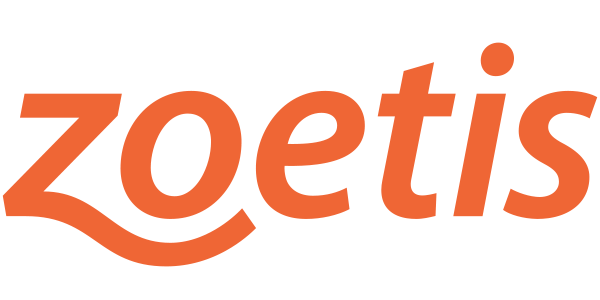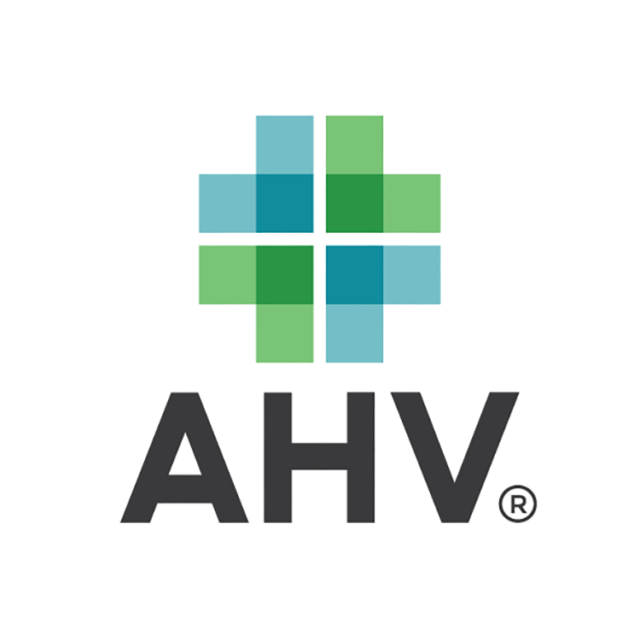Just like it is for us humans, everything requires more effort when the body isn’t functioning at 100 percent. Therefore, it is only logical that we make some extra effort to provide additional creature comforts on dairies in the hospital and foot care areas.
This is the right thing to do, not only from a performance standpoint, but also from a welfare perspective. The following will focus on design of facilities for foot care areas. However, some of these ideas would apply to hospital areas as well.
Basics in cattle handling
It is important that personnel working with cattle in any capacity have a basic understanding of their behavior. There’s generally a very good reason why cattle don’t do as we would like in certain circumstances. Taking a moment to look at these situations from the cow’s perspective often provides the explanation and a solution.
Cattle respond best to gentle persuasion and worst to aggressive force. Patience is essential to success in cattle handling. First of all, owners or supervisors of personnel on dairies should understand that not all persons are “cow people.” In other words, some people are better suited for positions that require close or frequent contact with animals.
Furthermore, it is important to understand that cows, like people, have distinct personalities and each is shaped by their genetic makeup and life experiences. They also have good days and bad days. For reasons unknown to their handlers, animals may have feelings of fear or anxiousness that make them more difficult, if not dangerous, to work with than at other times. It’s during these moments that handlers must be particularly sensitive to behavioral responses in order to avoid possible injury to themselves or the animal.
Finally, all animals are unpredictable. One should expect that conditions which induce fear or anxiety are also likely to predispose to erratic or unanticipated behavioral responses. The expression, “the fastest way to work cattle is slow,” says a lot about how we should approach cattle handling. Cattle are basically very gentle creatures. When we use what we know about their natural behavior and the way in which they perceive their environment, we make cattle handling safer, more efficient and enjoyable.
Cow-friendly facilities for maximizing safety and efficiency
Facilities designed to utilize natural cow behavior ease cattle handling, improve efficiency and prevent mistreatment of cows. Foot care working areas have a few basic requirements:
• Holding pens
Size or capacity of holding areas is one of the primary concerns in proper design of the foot care pen holding area. If one assumes that somewhere in the range of 30 to 60 cows may be trimmed or treated per day, holding area capacity should be large enough to accommodate 20 to 30 cows (assumes 30 cows worked in the morning and 30 in the afternoon). A 30-cow holding area, however is a large pen and may be difficult for one person to sort cows from alone.
Therefore, large pens may be subdivided into two smaller pens for easier sorting of cows. When two holding pens are available, at least one should lead to a crowd pen where cows may be directed to the alleyway and eventually to the trim chute area. Each holding pen should have shade (with fans, sprinklers or misters as required to manage heat stress), access to water and feed and a soft non-slippery flooring surface.
Efforts to make this area as comfortable as possible are advised since it is assumed that oftentimes these animals are lame and may be required to be there for a period of time before being examined and treated. Cattle leaving the trim chute may enter a holding pen where they may be redirected back to their pen of origin or to the hospital area for additional treatment. Provisions for this pen are the same as for those suggested above.
• Crowd pens
The crowd pen is designed to funnel cows from the holding pen to the alleyway which leads to the trim chute. Crowd pens should be designed to hold a maximum of three cows. When designed with straight panels or fences, one side of the crowd pen should remain straight, while the other approaches the alleyway at a 30-degree angle. A solid-sided sweep gate is useful and prevents cows from escaping past the handler. When crowd pens are properly designed, one person can safely move animals to the alleyway without the need for prodding.
• Alleyway leading to the trim chute
Cattle generally move from a crowd pen to the trim chute through an alleyway. The alleyway to the trim chute should be approximately 20 feet in length, which will comfortably accommodate two to three cows. Solid-sided alleyways have advantages but are rarely needed unless animals are unusually excitable.
On the other hand, a solid-curved alleyway prevents cattle from seeing the chute until they are within a few feet of entering. Since cattle tend to move from dark to light areas, light coming through the head catch into a trim chute with solid sides is sufficient alone to encourage most cows to enter. However, it is important to point out that when alleyways are designed with solid sides, cows will balk if there are shadows in the alleyway due to improper positioning of lights. Uniformity of lighting in the alleyway is critical.
Finally, proper orientation of the head catch and trim chute are important considerations, since cattle will tend to shy away from direct sunlight pouring through a headcatch.
• Trim chute and trimming station
In large herds where trimmers may spend as much as six to eight hours or more at the trim chute, a few “trimmer comforts” are in order. In summer conditions, the trimming station needs access to shade and a fan for the benefit of the trimmer as well as the cow restrained in the trim chute. Fans should be located so that fresh air is moved from the back side to the front side of the trimmer. When air is moved in the opposite direction the trimmer is forced to breathe dust and cow hair throughout the trimming process.
Another option is to move air from side to side (i.e. from left to right). Properly positioned, this fan will move air across both the cow and trimmer for improved comfort. In winter, there should be a windblock and supplemental heat as conditions require.
Also, since trimmers may spend several hours standing at the trim chute each day, a soft flooring surface (rubberized) is advised. Trimming stations also need a source of water for cleaning feet and cleansing lesions for proper examination and treatment procedures. Thus, the trim area should have a water hose and nozzle as well as a floor design that will permit drainage.
The trim area also needs a source of electricity for use of power tools and supplementary lighting in areas where natural light may be limited. For trimmer and cow safety’s sake, electrical connections should be ground-fault protected and located so that they do not readily come in contact with water (as from the water hose).
Proper lighting is essential for good corrective trimming work. Ineffective lighting often leads to corrective trimming errors and the failure to detect early lesions. Visualization of lesions at trim chutes is oftentimes obscured by the orientation of the chute with the sun or light source. For example, with sunlight behind the operator, the trimmer’s shadow often obscures the view of lesions, whereas when the trimmer is forced to look toward sunlight (or into the direction of a light source), light is often too dim to permit good observation of lesions.
On-farm trimmers need a secure place for their equipment both while they are working and during off-hours. A 3’x6’ table is ideal for this purpose. It provides space for grinders, knives, blocks and adhesives, cloths for cleaning, topical medications or other treatments, sharpening devices, etc. Likewise, a lockable storage cabinet provides for secure storage of equipment during off-hours.
• General location of trimming areas
With respect to location of trimming facilities, the ideal location is one that is relatively close to the hospital area. In this way cows that may need treatment beyond trimming alone can be relocated to the hospital area and segregated according to treatment and residue avoidance risks. For lame cows, housing within close proximity to milking facilities has major advantages.
If milk is saleable, a lot or pen close to the milking parlor is best. If cows have been treated and milk is not saleable, cows should be maintained in lots or pens within close proximity to the hospital milking parlor. All of the creature comforts as described above need to be included in these areas.
Summary
Every dairy has, or will have, sick or lame cows and it should be every operation’s objective to maximize their comfort. This is necessary for reasons of performance and profit, but also from a welfare perspective. Caring and compassionate personnel who like cows and understand their behavior make the best caregivers. This is especially true for animals that are ill or lame. Designing facilities with the cow and her compromised state in mind helps us better utilize the cow’s natural behavior, making cattle handling safer, easier and more efficient. PD
References omitted but are available upon request at editor@progressivedairy.com
—Excerpts from 2009 Four-State Nutrition Conference Proceedings
Written by: Jan Shearer, College of Veterinary Medicine, Iowa State University; Joe Harner, Department of Biological and Agricultural Engineering and John Smith, Department of Animal Sciences and Industry, Kansas State University




